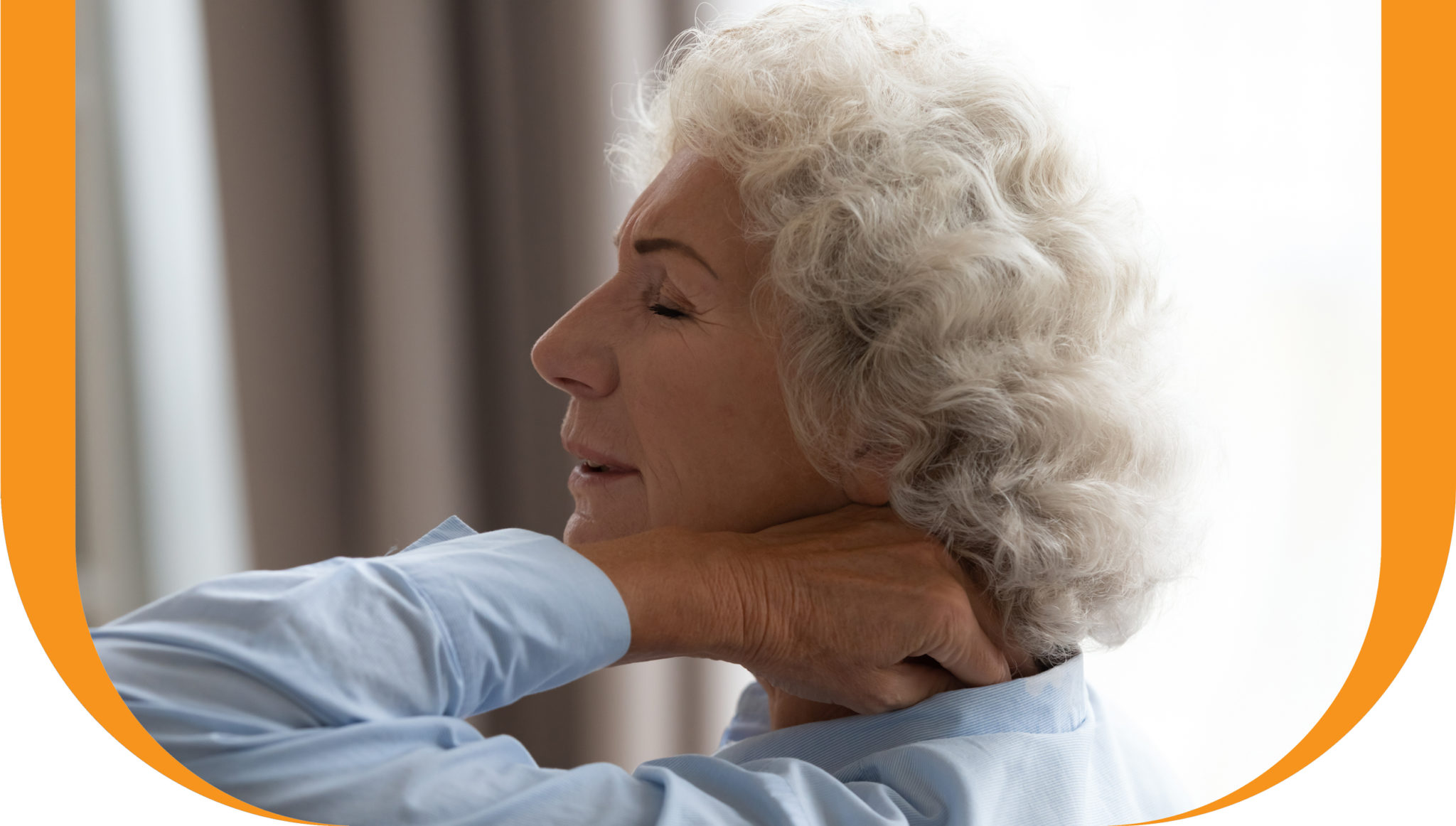
Cervical osteoarthritis
Cervical osteoarthritis basically means arthritis of the neck. It affects the bones and joints in the cervical spine, causing neck pain and stiffness. It can also cause abnormal growths (bone spurs) on the bones of the neck, which narrows the spinal canal and other passages for spinal nerves. This narrowing can result in a pinched nerve or spinal cord, which may cause some serious issues or even permanent damage.
It is a very common condition as it affects over 85 percent of people older than 60. But besides ageing, there are several other risk factors that affect your chances of developing cervical osteoarthritis.
They include:
- Previous neck injuries
- Genetics
- Smoking
- Jobs that involve awkward positions or a lot of overhead work
Cervical osteoarthritis often causes no symptoms. If it progresses enough, the main symptoms include:
- Neck pain and stiffness
- A grinding sensation when turning your neck
- Inability to fully turn your head
- Headaches
If the condition leads to pinched spinal nerves, it can also cause a range of other symptoms including:
- Numbness, weakness, and tingling in the hands, arms, feet, or legs.
- Lack of coordination
- Difficulty walking
- Incontinence
There are several treatment options for cervical osteoarthritis. The main goals of treatment are to relieve pain, help you continue to perform your normal activities, and prevent any permanent damage to the spinal cord and nerves.
- Physiotherapy: can teach you exercises that will stretch and strengthen muscles in your neck and shoulders, which provides pain relief and added support for your neck joints.
- Spinal traction: can help by providing more space in the spine, helping to alleviate pinched nerves.
- Medications: are used to relieve pain, including anti-inflammatories, corticosteroids, and muscle relaxants.
- Surgery: is used when other treatments fail or the symptoms of a pinched nerve continue to worsen. Surgery can provide more room for your spinal cord and nerv es by removing bone spurs, a herniated disc, or part of a vertebra.
Whether you have neck soreness and want to stop it from becoming more serious, or you just want to reduce your chances of developing arthritis in your neck, there are a number of preventative measures you can take. Here are just a few:
- Don’t sleep on your stomach. This is the worst sleep position for your neck joints because it forces you to keep your neck unnaturally twisted to the side.
- Get a cervical neck pillow. These pillows are specially designed to give your neck proper support and alignment.
- Pay attention to your posture. If you work at a computer, ensure your work station is set up so you aren’t constantly craning your neck.
- If your job involves awkward positions for long periods, take regular breaks to do some neck stretches.
If you’re dealing with neck pain, we can uncover the cause and help you find relief. We can perform advanced diagnostics to gauge the severity of your condition, and then create a custom treatment plan to solve it.